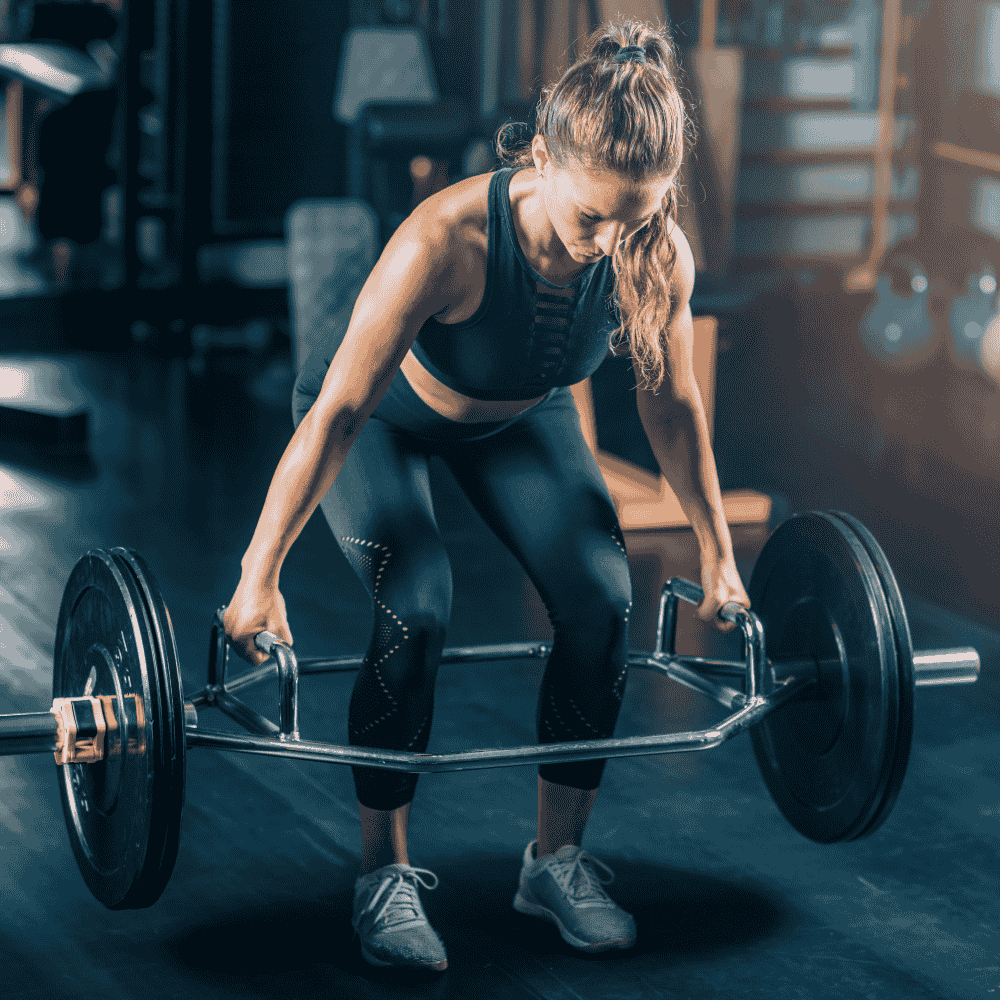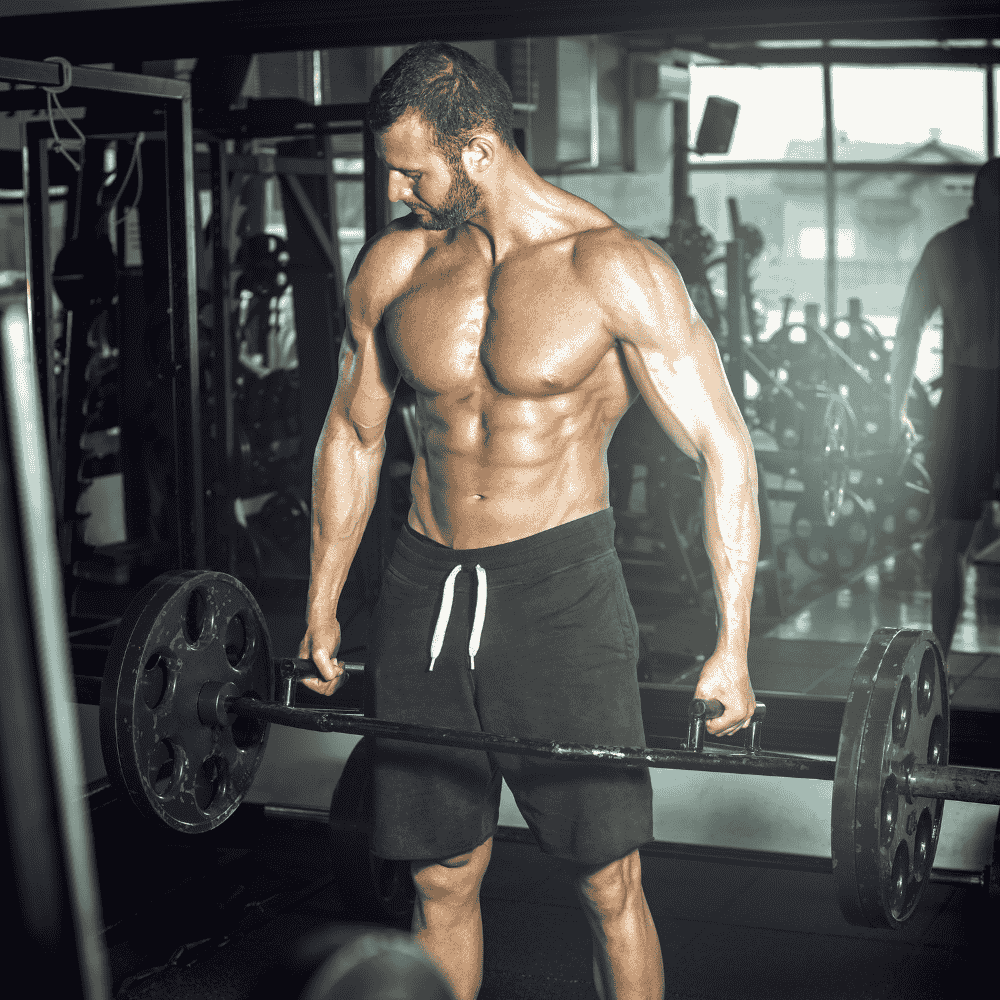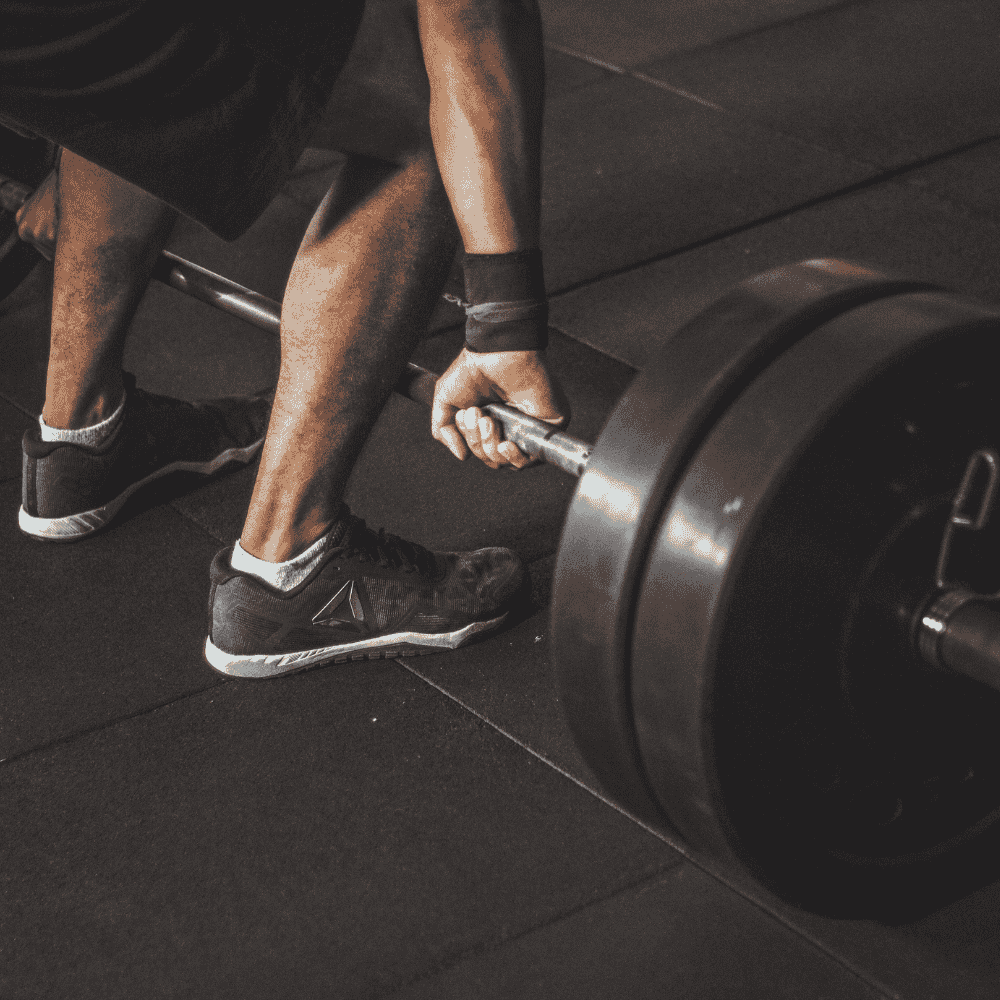The plank is one of the most effective exercises for building core strength and stability.
It targets multiple muscle groups, including the abs, back, shoulders, and glutes, making it an essential addition to any fitness routine.
At KEFL, your trusted source for home workout gear, we’re here to help you master the plank with proper form.
Follow this beginner’s guide to ensure you’re planking correctly and safely.
Benefits of Planking
- Core Strength: Planking strengthens the entire core, including the rectus abdominis, transverse abdominis, and obliques.
- Improved Posture: A strong core supports better posture, reducing the risk of back pain and improving overall alignment.
- Enhanced Stability: Planks improve balance and stability by engaging multiple muscle groups simultaneously.
- Functional Fitness: Building core strength through planking enhances your ability to perform everyday activities more efficiently.

Step-by-Step Guide to Planking
Starting Position:
- Begin on your hands and knees on a comfortable, non-slip surface. At KEFL, we recommend using a high-quality yoga mat for added comfort and support.
- Position your wrists directly under your shoulders and your knees under your hips.
Transition to Plank:
- Extend your legs back one at a time to come into a high plank position, balancing on your toes and hands.
- Keep your body in a straight line from head to heels. Avoid sagging your hips or raising them too high.
Align your body:
- Head and Neck: Keep your neck neutral by looking down at the floor. Avoid craning your neck up or letting your head drop.
- Shoulders: Ensure your shoulders are directly over your wrists, and engage your shoulder blades by pulling them down and back.
- Core: Engage your core muscles by pulling your navel towards your spine. This helps stabilise your torso.
- Hips: Maintain a straight line from your shoulders to your hips. Don’t let your hips sag or rise.
- Legs: Keep your legs straight and engage your quadriceps and glutes to support your lower body.
Hold the Position:
- Hold the plank position for as long as you can maintain proper form. Beginners can start with 10-15 seconds and gradually increase the duration as strength improves.
- Focus on breathing steadily. Inhale through your nose and exhale through your mouth.
Common Mistakes to Avoid
- Sagging Hips: Allowing your hips to drop can put strain on your lower back. Ensure your body forms a straight line from head to heels.
- Raised Hips: Lifting your hips too high reduces the effectiveness of the exercise. Keep your body in a straight line.
- Arched Back: Avoid arching your back by engaging your core and glutes. Your back should remain flat and neutral.
- Holding Breath: Don’t hold your breath. Maintain steady, controlled breathing to supply your muscles with oxygen.
Variations for Beginners
If the traditional plank is too challenging, consider these beginner-friendly modifications:
Knee Plank:
- Start in the same position but lower your knees to the ground.
- Keep your body in a straight line from your shoulders to your knees.
- This reduces the load on your core and is a great starting point for building strength.
Elevated Plank:
- Place your hands on an elevated surface, such as a bench or sturdy chair, while keeping your feet on the floor.
- This variation decreases the intensity and makes it easier to maintain proper form.
Progressing Your Plank
As you become more comfortable and confident with the basic plank, gradually increase the duration you hold the position.
Aim to add a few seconds each week until you can hold the plank for one minute or longer with proper form.
Once you’ve mastered the basic plank, you can challenge yourself with more advanced variations, such as:
- Forearm Plank: Lower down onto your forearms, keeping your elbows directly under your shoulders.
- Side Plank: Rotate your body to one side, stacking your feet and balancing on one hand or forearm.
- Plank with Leg Lift: Lift one leg off the ground while maintaining a stable plank position.

Incorporating Planks into Your Routine
Planks are a versatile exercise that can be easily incorporated into your existing workout routine. Here are a few suggestions:
- Warm-Up: Use planks as part of your warm-up to activate your core and prepare your body for more intense exercises.
- Core Workout: Include planks in your core-focused workouts alongside other exercises like crunches and Russian twists.
- Cooldown: Finish your workout with a plank hold to further engage your core and improve stability.
Shop our exercise mats.
Mastering the plank is a fundamental step in building a strong, stable core.
By following the proper technique and gradually increasing your hold time, you can effectively incorporate planks into your fitness routine.
At KEFL, we offer a range of high-quality fitness gear, including mats and accessories, to support your home workouts.
Explore our selection today and take the first step towards a stronger, healthier you with KEFL!









